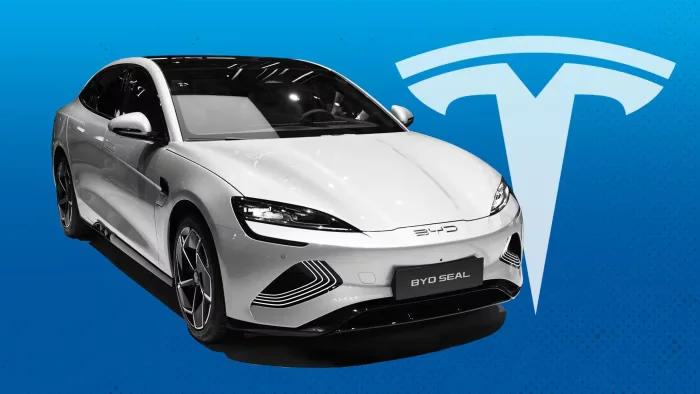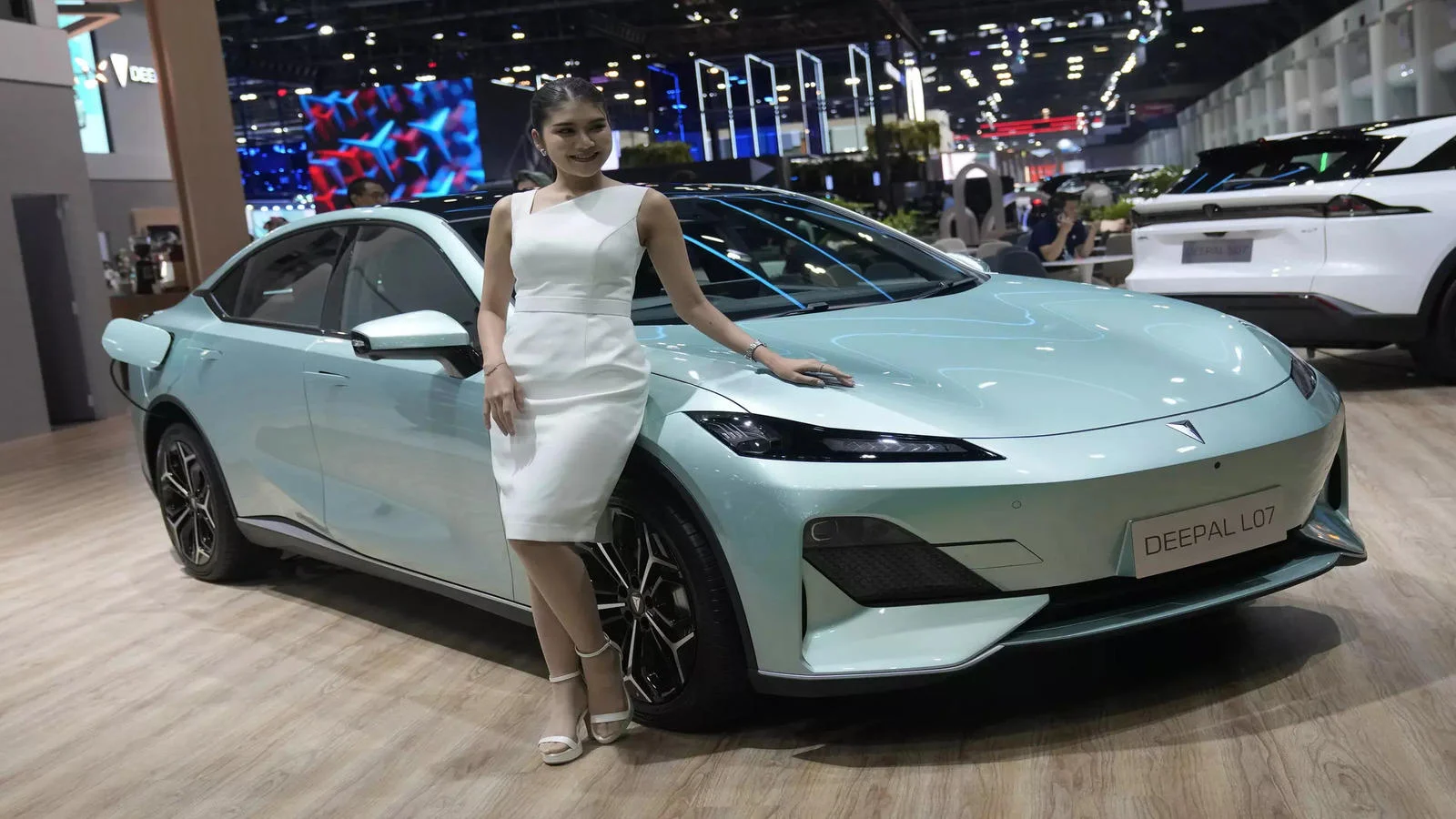In recent years, the phrase “Would you please park the car?” has taken on new meaning, especially with the rise of Chinese electric vehicle (EV) manufacturers like Nio, Li Auto, and others. These companies have not only matched the standards set by Tesla but, in many cases, have exceeded them, offering consumers affordable yet feature-rich alternatives.
The Price Factor: A Game Changer for Consumers
While some argue that Americans may be hesitant to buy Chinese cars, the price difference speaks volumes. Imagine choosing between a $9,000 SUV and one that costs $19,000. The decision becomes clear, and it’s causing concern among industry giants like Tesla. China’s auto industry, the largest in the world, now produces one in three cars globally. With its domestic market saturated, China has turned its focus outward, initiating a wave of exports that many American consumers have yet to fully grasp.
Global Impact: Chinese Cars on the Rise
Though Chinese cars are a rare sight on American roads, they are making significant inroads in other markets. From Australia to Brazil, Israel to South Africa, Chinese vehicles are becoming increasingly common. This global expansion has sparked concerns among American trade groups, who fear that China might replicate its success in other industries by offering low-cost, government-supported vehicles that could outcompete established brands.

Tesla’s China Challenge
Tesla, once dominant in China, has found itself on the back foot. The rapid shift towards clean energy vehicles caught many, including Tesla, by surprise. The legacy automakers are now scrambling to keep up. Chinese EV makers aren’t just undercutting prices—they’re delivering vehicles with a suite of features that consumers are increasingly demanding. So how do these Chinese EVs compare to Tesla’s popular Model Y? CNBC’s Beijing bureau chief, Eunice Yoon, took several of them for a spin to find out.
Chinese EVs: Affordable and Feature-Rich
The Tesla Model Y is currently the best-selling car globally, known for its incredible acceleration and high-tech features. However, Chinese automakers are closing the gap rapidly. With around 140 EV brands in China, some are already outselling Tesla on their home turf. The BYD Tang, for example, is a seven-seater SUV priced $11,000 cheaper than the Model Y, though it has a slightly shorter range.
The secret to BYD’s cost advantage lies in China’s unique form of state capitalism, where private companies receive extensive support from local and national governments. Between 2009 and 2023, the Chinese government provided an estimated $231 billion in subsidies and tax breaks to the EV industry. BYD, Tesla’s biggest Chinese rival, received $3.7 billion in direct subsidies between 2018 and 2022, with most of that coming in the final year.
Vertical Integration: The Key to BYD’s Success
BYD’s ability to drive down costs is also due to its vertical integration. The company manufactures 75 to 80 percent of the parts used in its cars, including the batteries, which are a significant cost component. This level of integration not only reduces costs but also enhances quality. BYD sold roughly 3 million cars in 2023, with about half being electric and the other half plug-in hybrids. In contrast, Tesla’s sales declined in the first two quarters of 2024.

Other Chinese automakers like Xpeng are also leveraging low costs and localized supply chains to offer competitive vehicles. The Xpeng G6, for example, is almost identical in specs and dimensions to the Model Y but costs $9,000 less, making it an attractive option for price-sensitive consumers.
Tech-Driven Innovation: The New Competitive Edge
Chinese automakers are not just competing on price—they’re also pushing the envelope with tech-forward features. The Li Auto L6, for instance, targets families with its longer range and extra comforts like TV screens, massage chairs, and even a fridge in the back. Nio, another Chinese EV maker, has pioneered battery swapping technology, something Tesla once considered but never implemented.
With over 3,500 battery-swapping stations across China, Nio offers a quick and convenient solution to charging, which could give it an edge in markets where charging infrastructure is less developed. China’s extensive network of 3 million public charging facilities further solidifies its position as a leader in EV infrastructure.
Challenges Ahead: Can Chinese EVs Conquer the Global Market?
While Chinese EVs are packed with tech features, there are still some kinks to work out. Performance, for example, is one area where Tesla still holds an advantage. Chinese EVs often sacrifice driving precision and quality for lower costs. In some models, the interiors and finishes don’t quite match up to their pricier counterparts.
Moreover, the biggest challenge for Chinese EV makers will be convincing consumers outside of China to switch to brands they’ve never heard of. While price and tech features are appealing, the real test will be whether these vehicles can build brand loyalty in markets dominated by established names like GM, Toyota, and Volkswagen.
The Future of the EV Industry: A Global Shift
As the global auto industry continues to evolve, the rise of Chinese EV makers signals a significant shift. Companies like BYD have already proven they can compete on quality, design, and cost. Whether the future belongs to a highly integrated firm that dominates on price or a tech-savvy automaker that monetizes services and subscriptions remains to be seen.
For now, one thing is clear: the global auto industry is entering a new era, and Chinese EV makers are poised to play a major role. Whether they can replicate their success in different languages, cultures, and markets will determine if they can truly dominate the industry. The race is on, and the competition is fiercer than ever.
All images credit goes to google.

